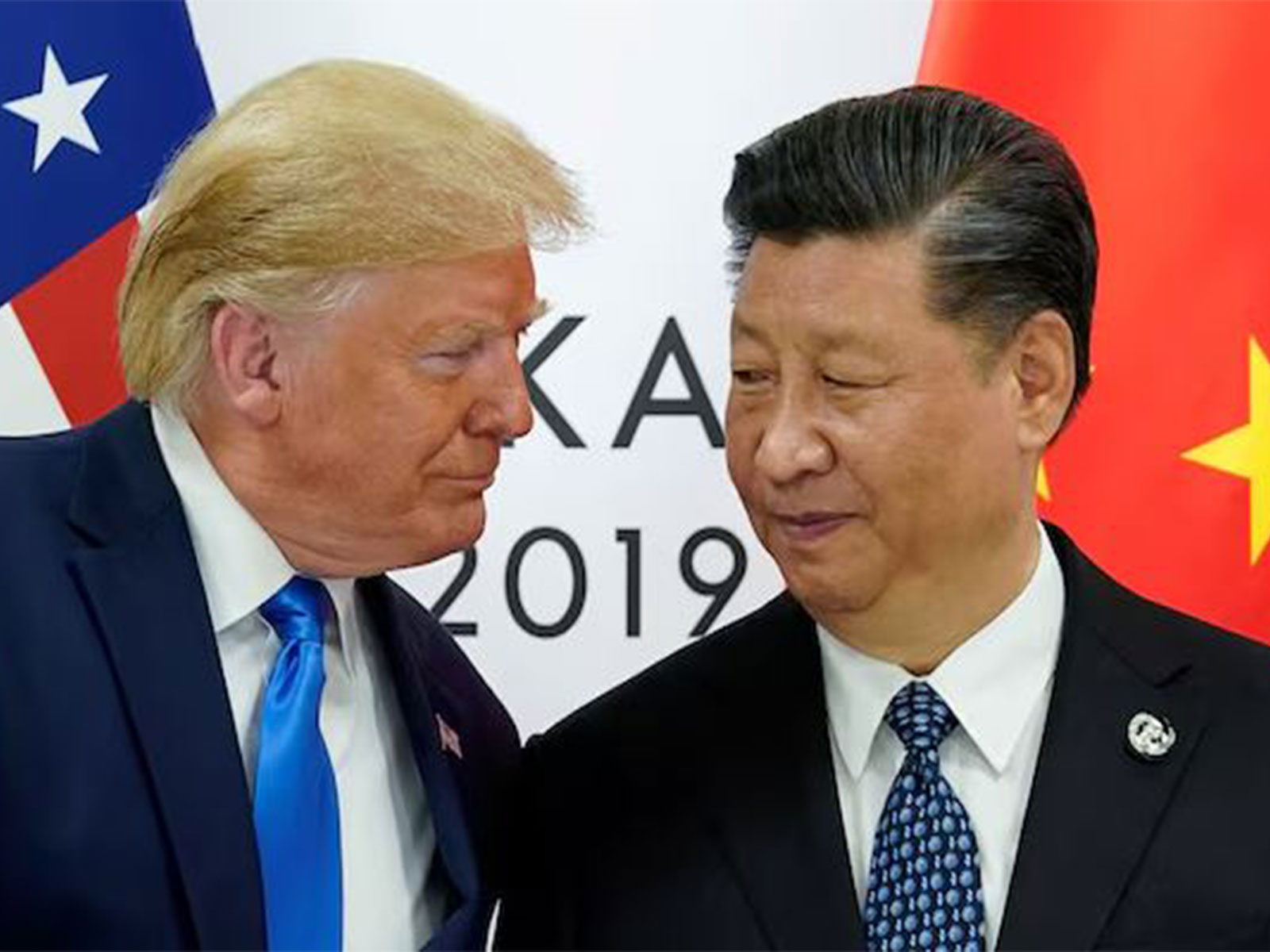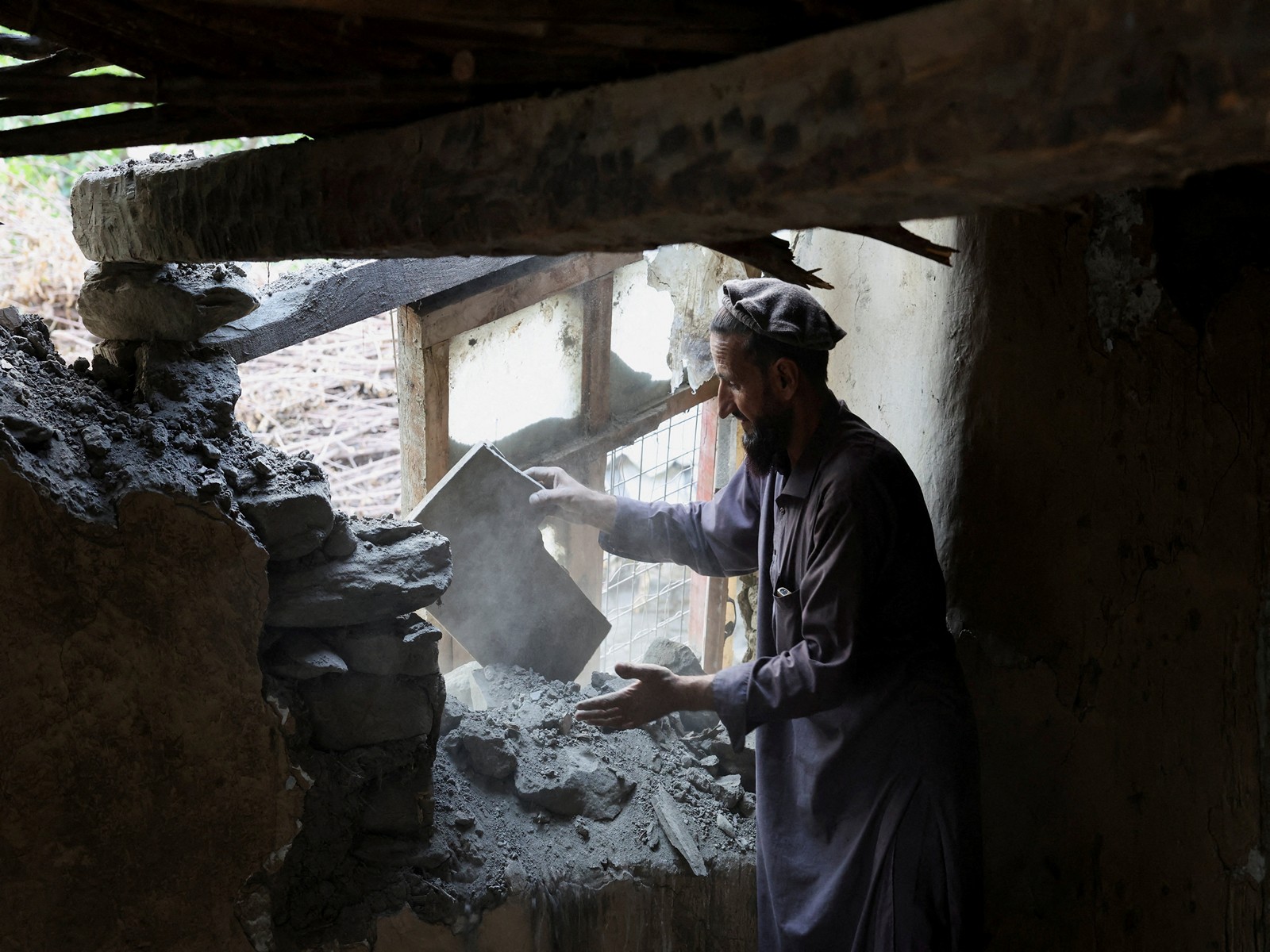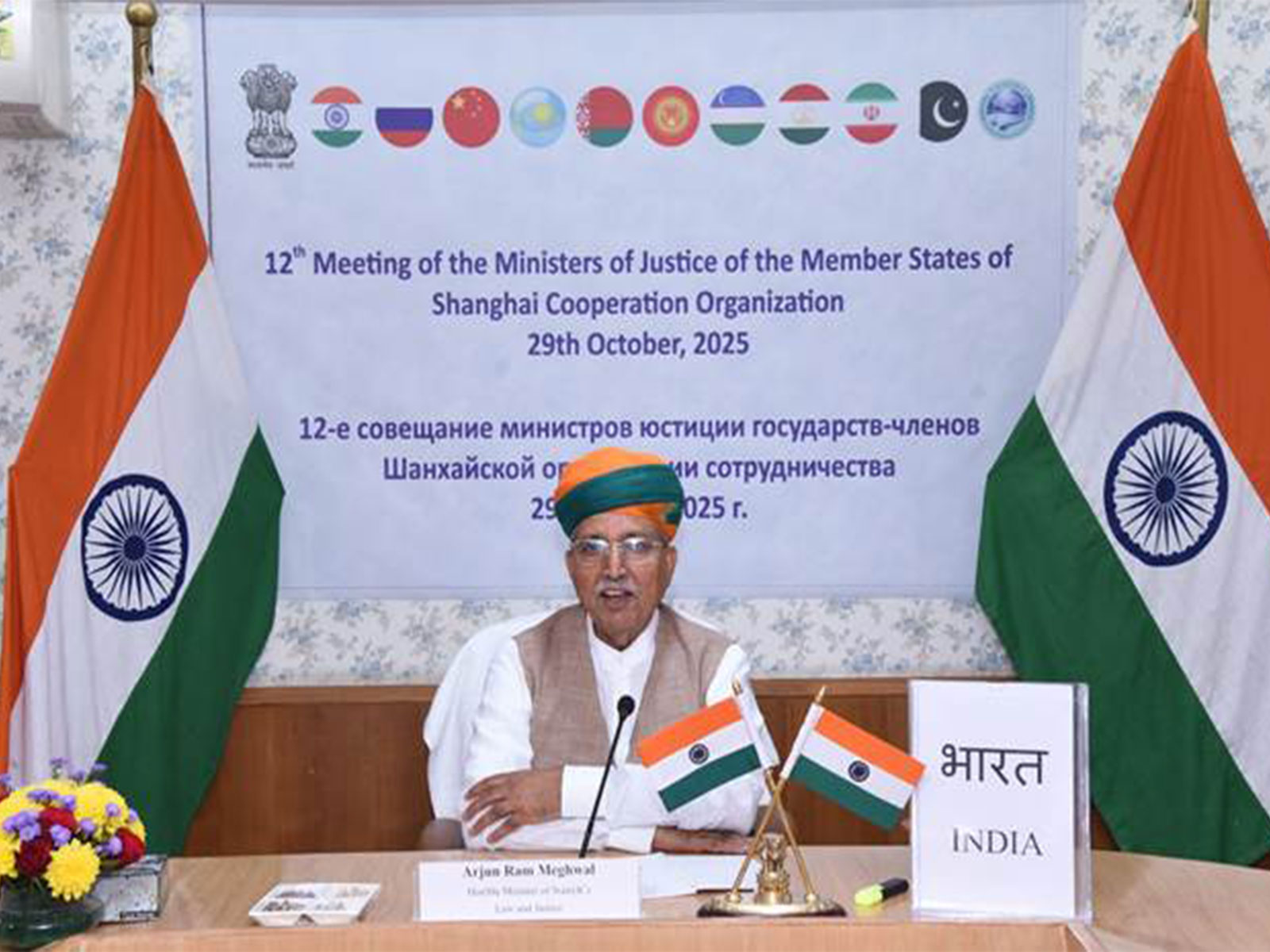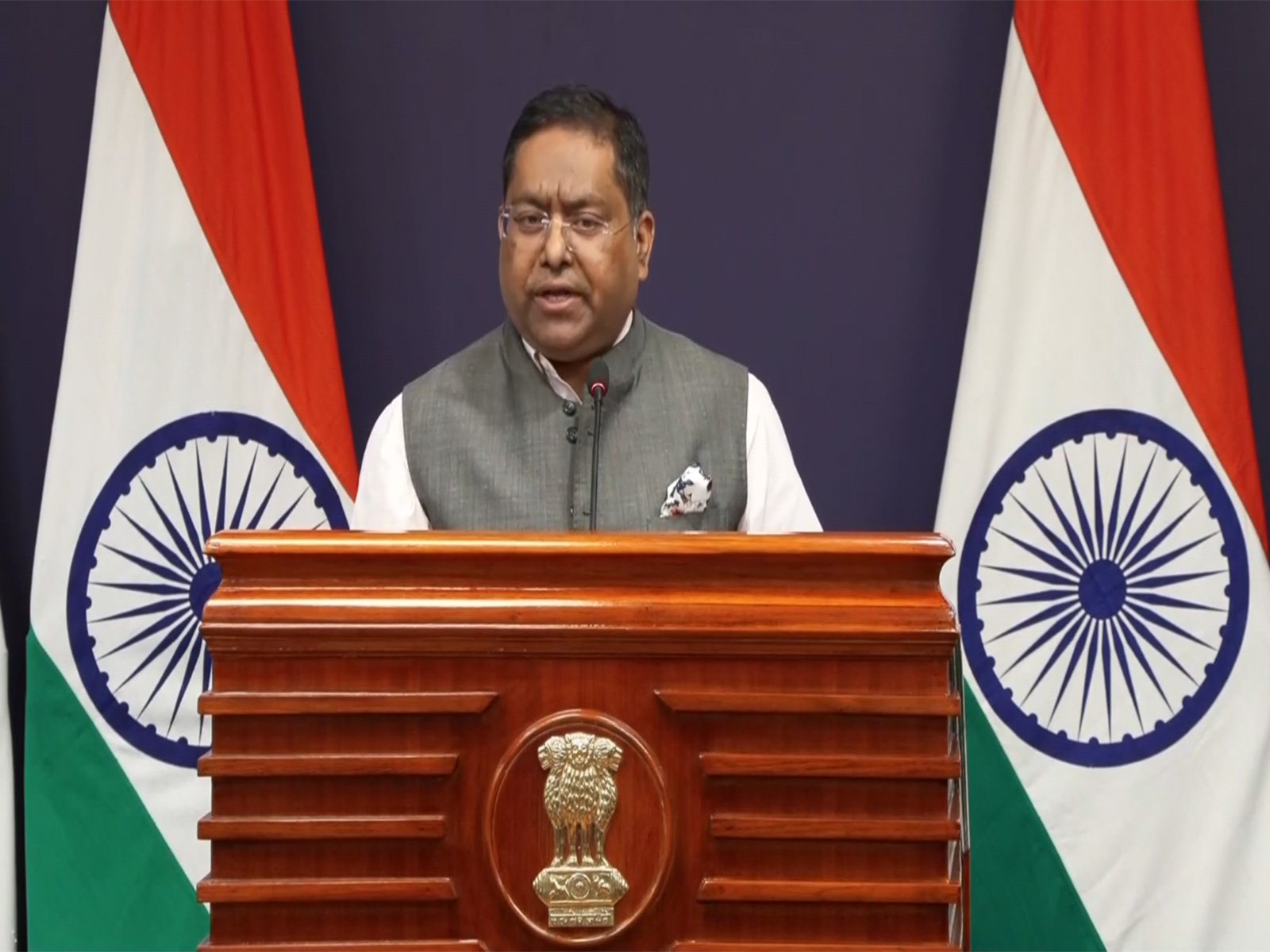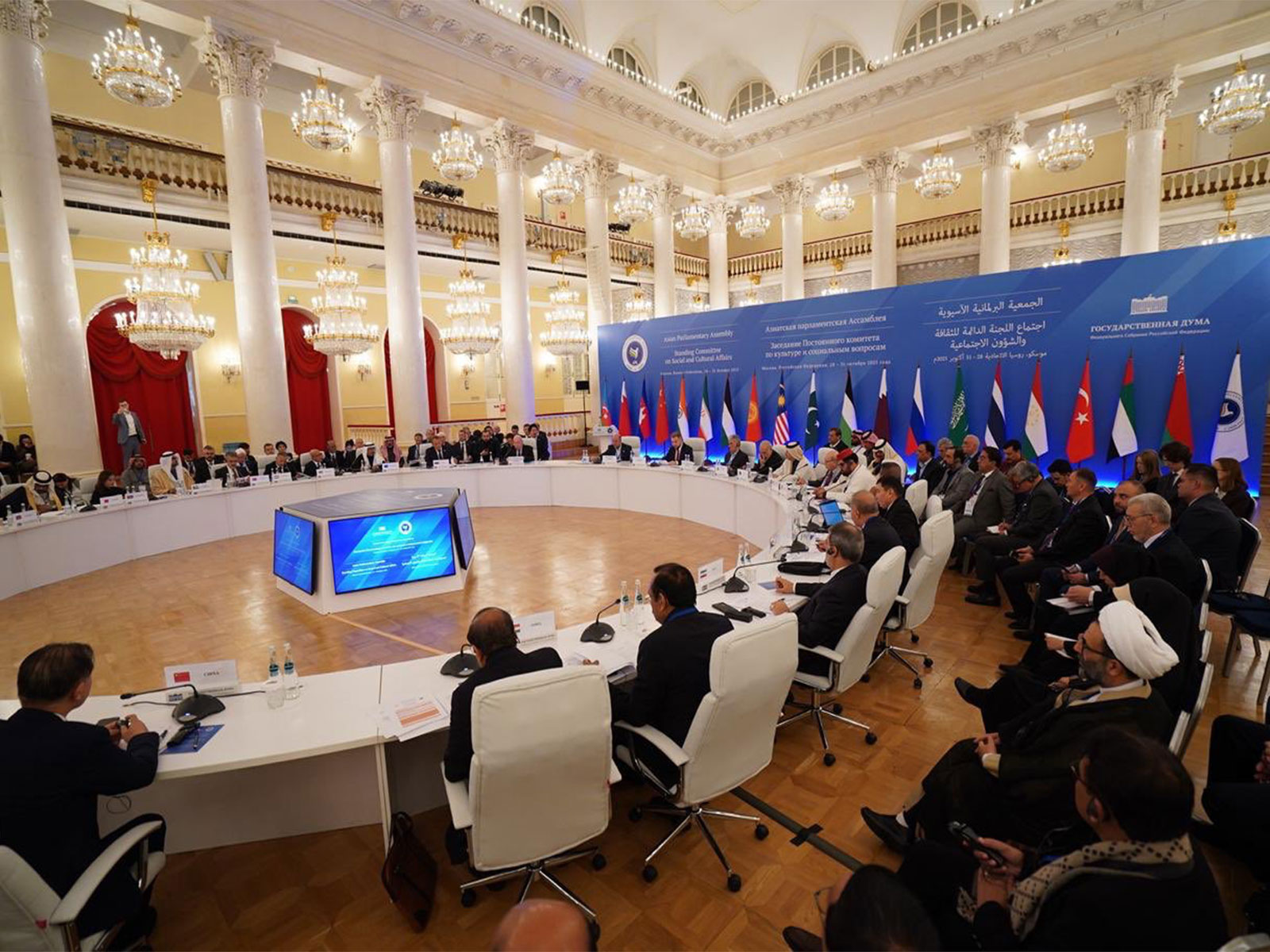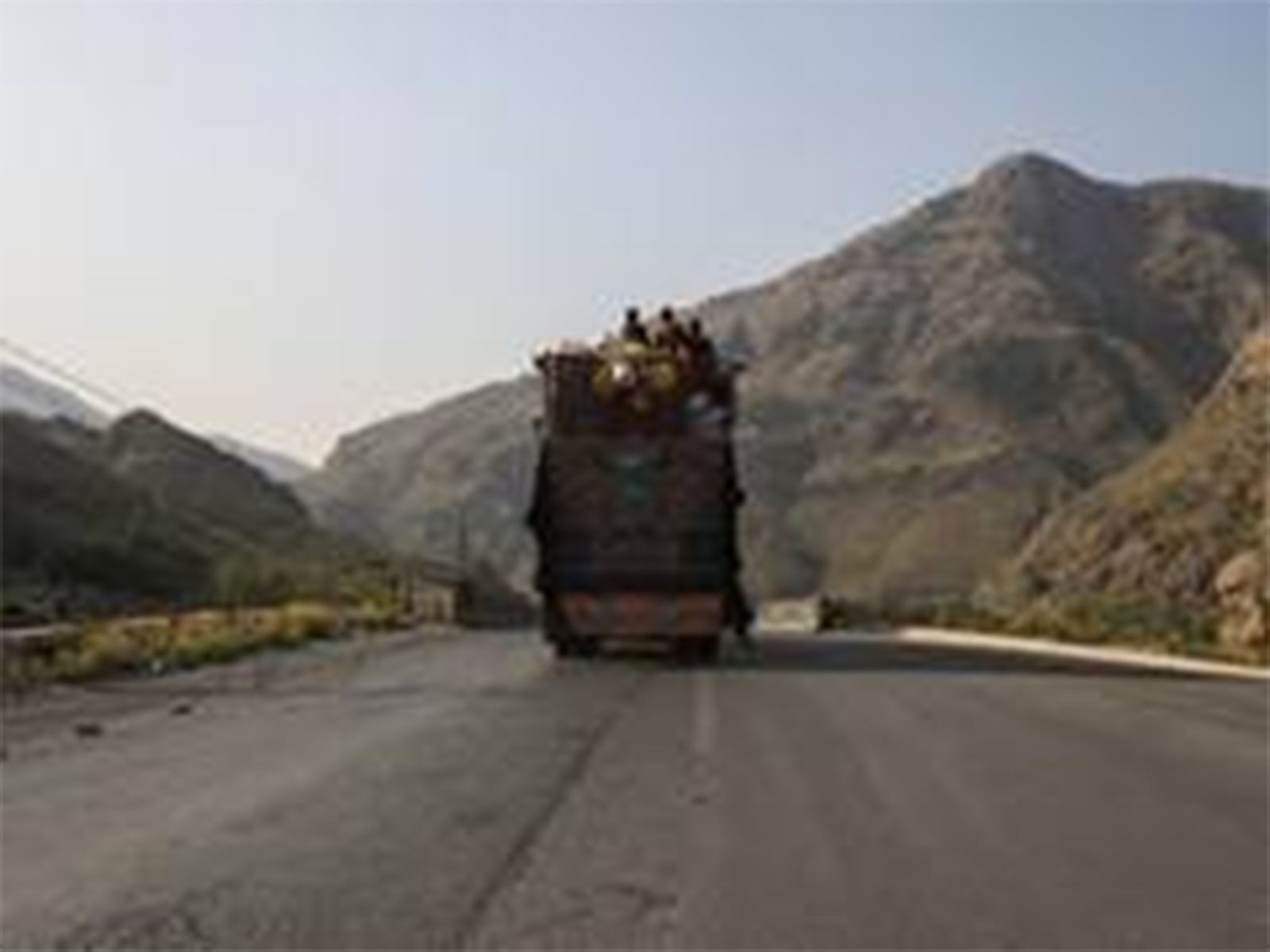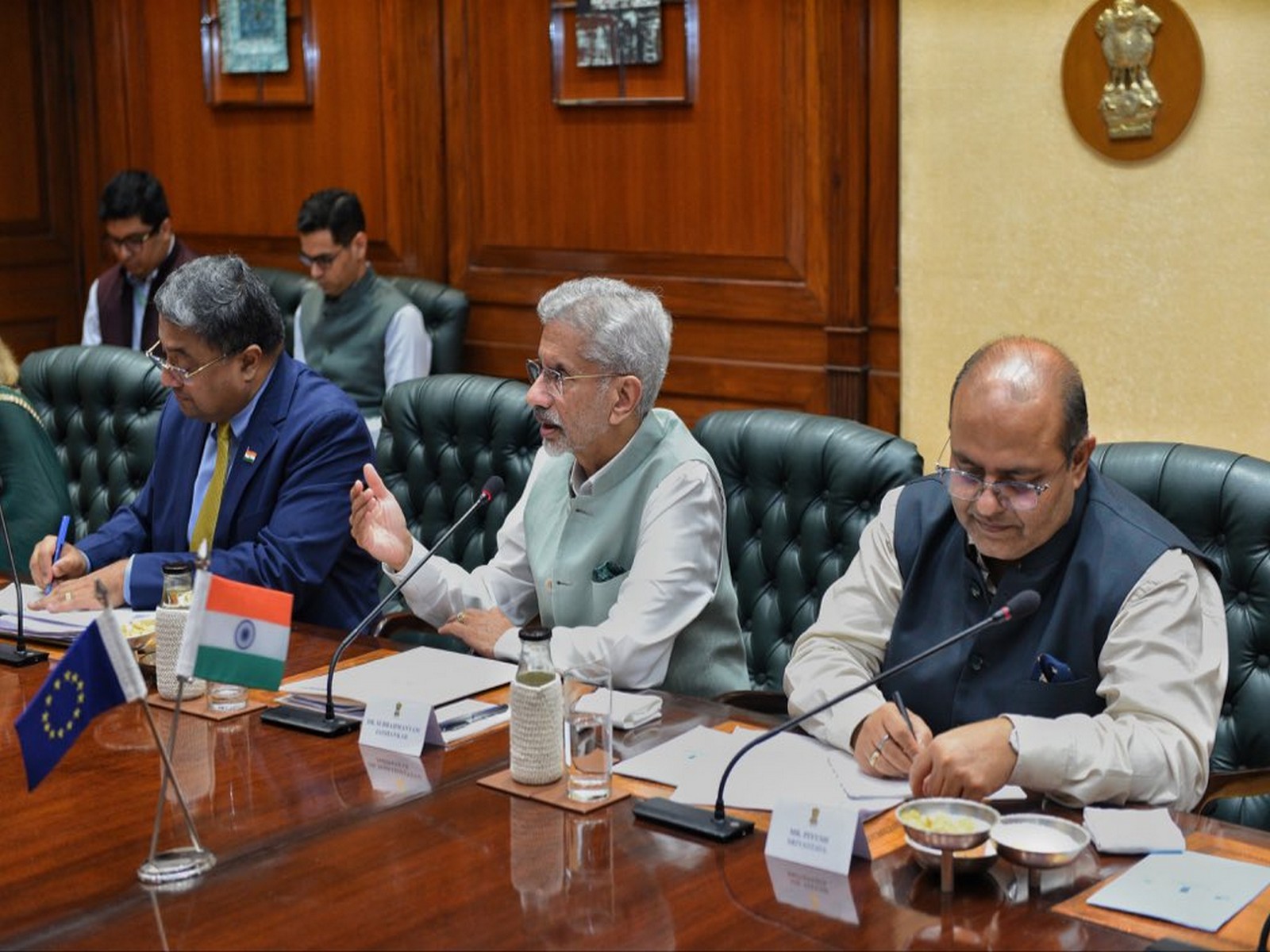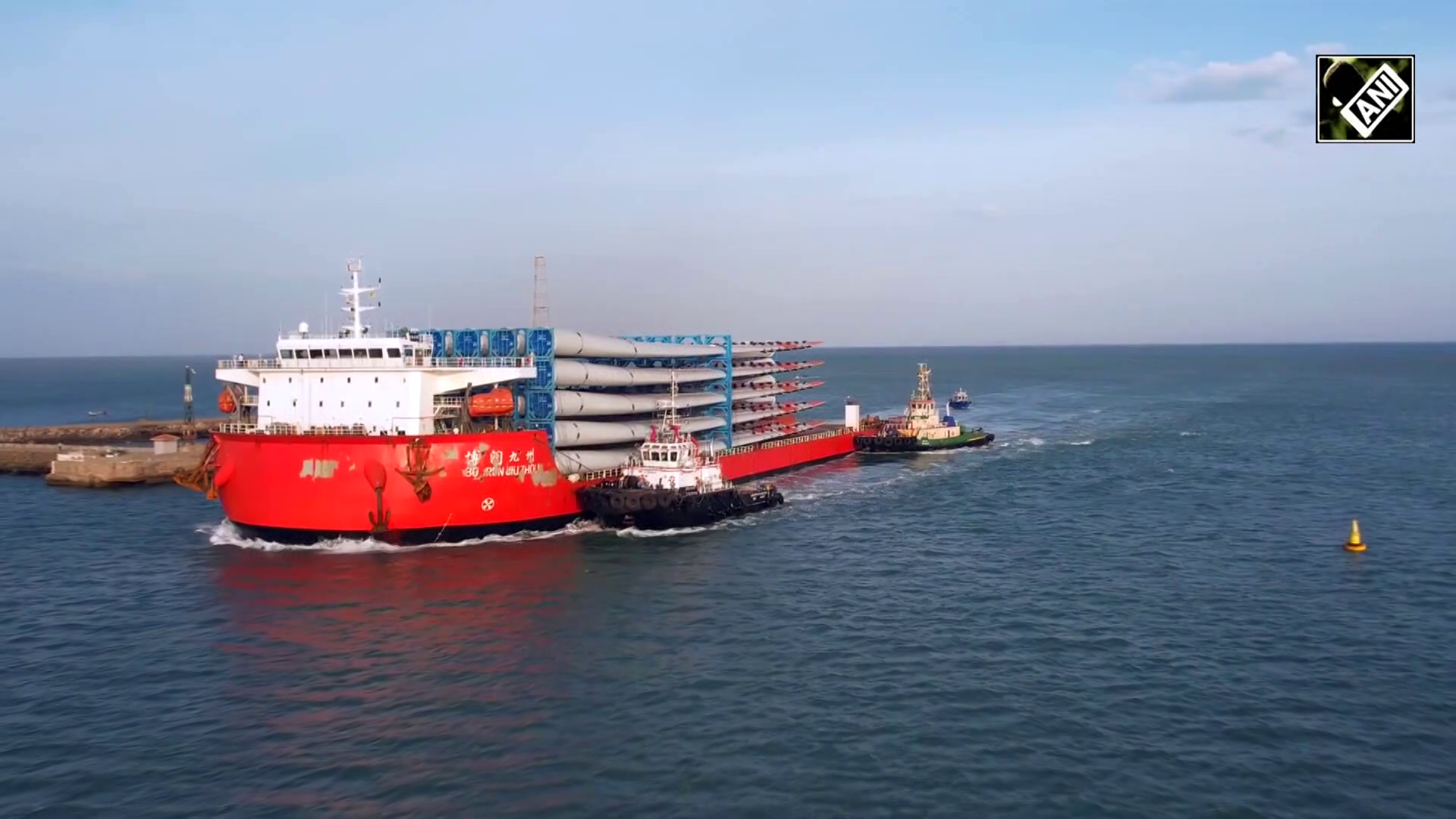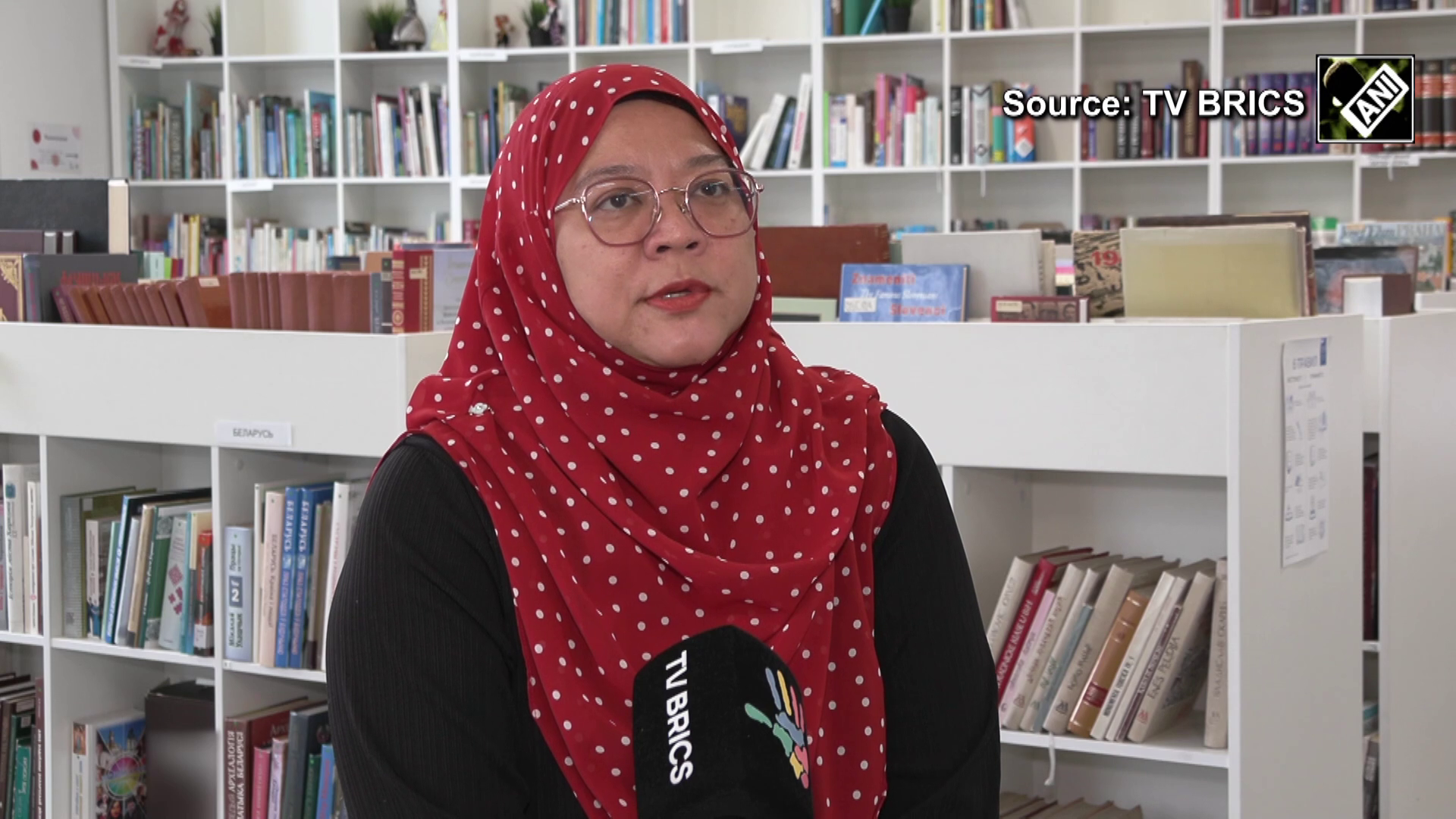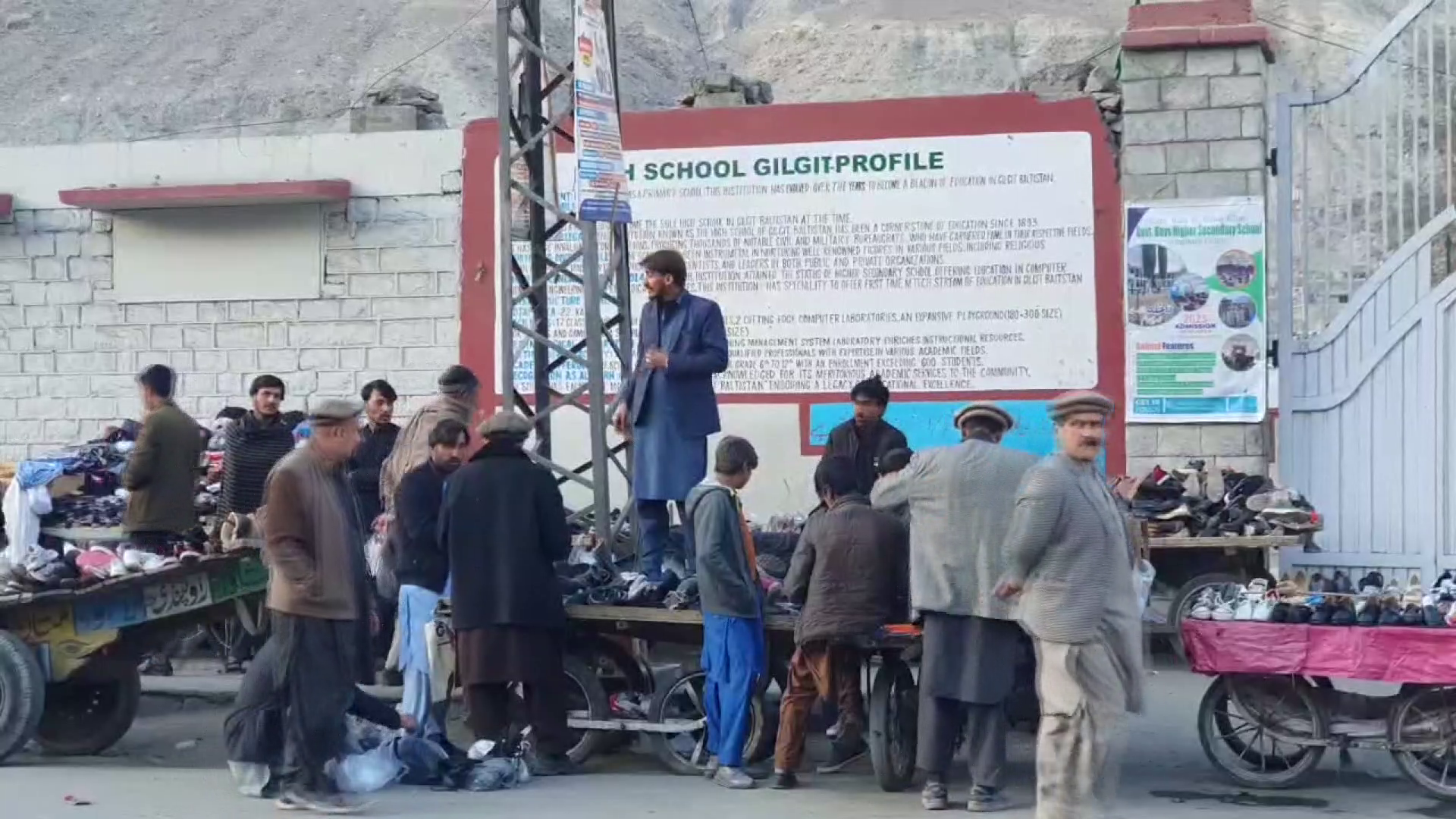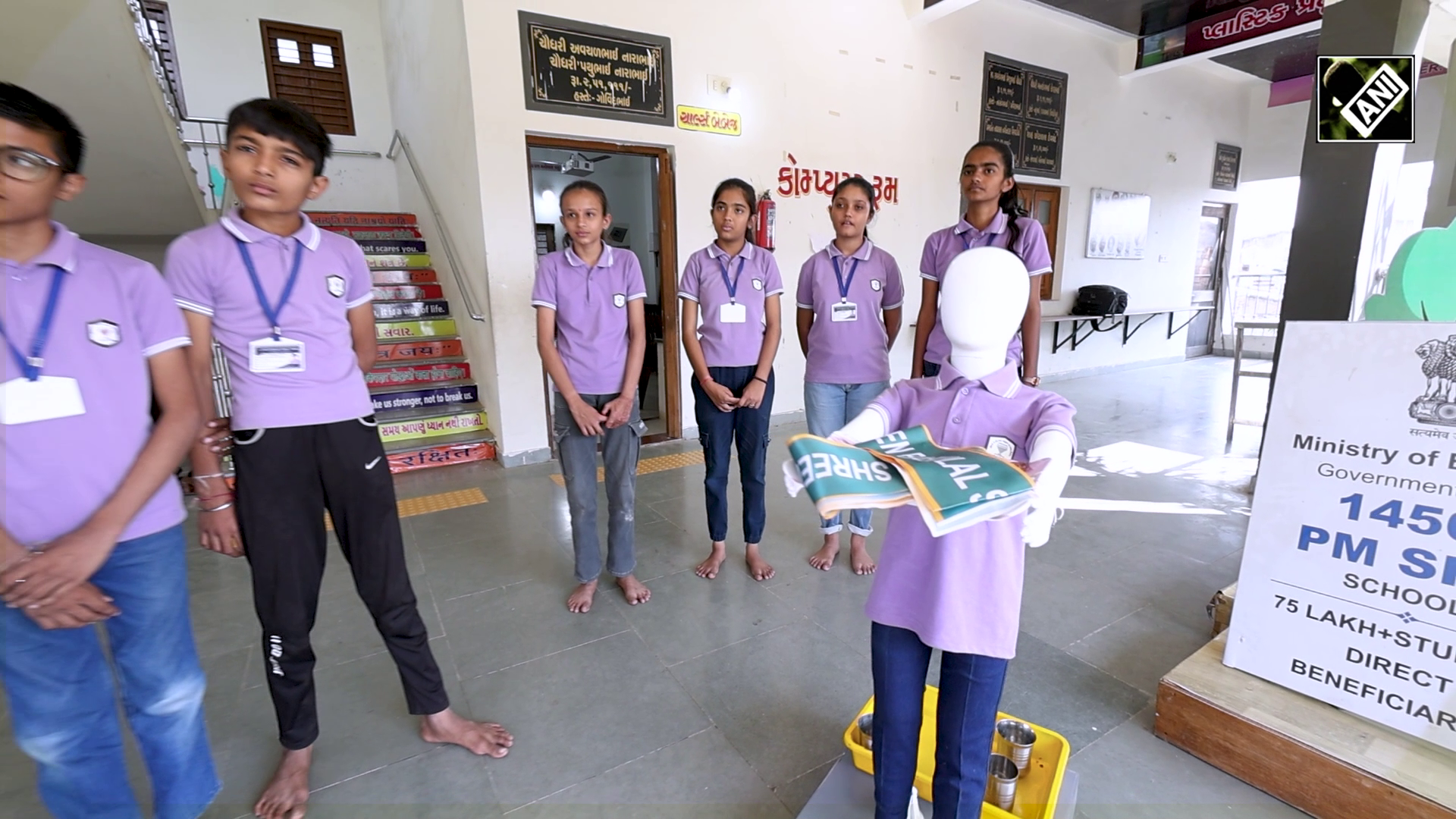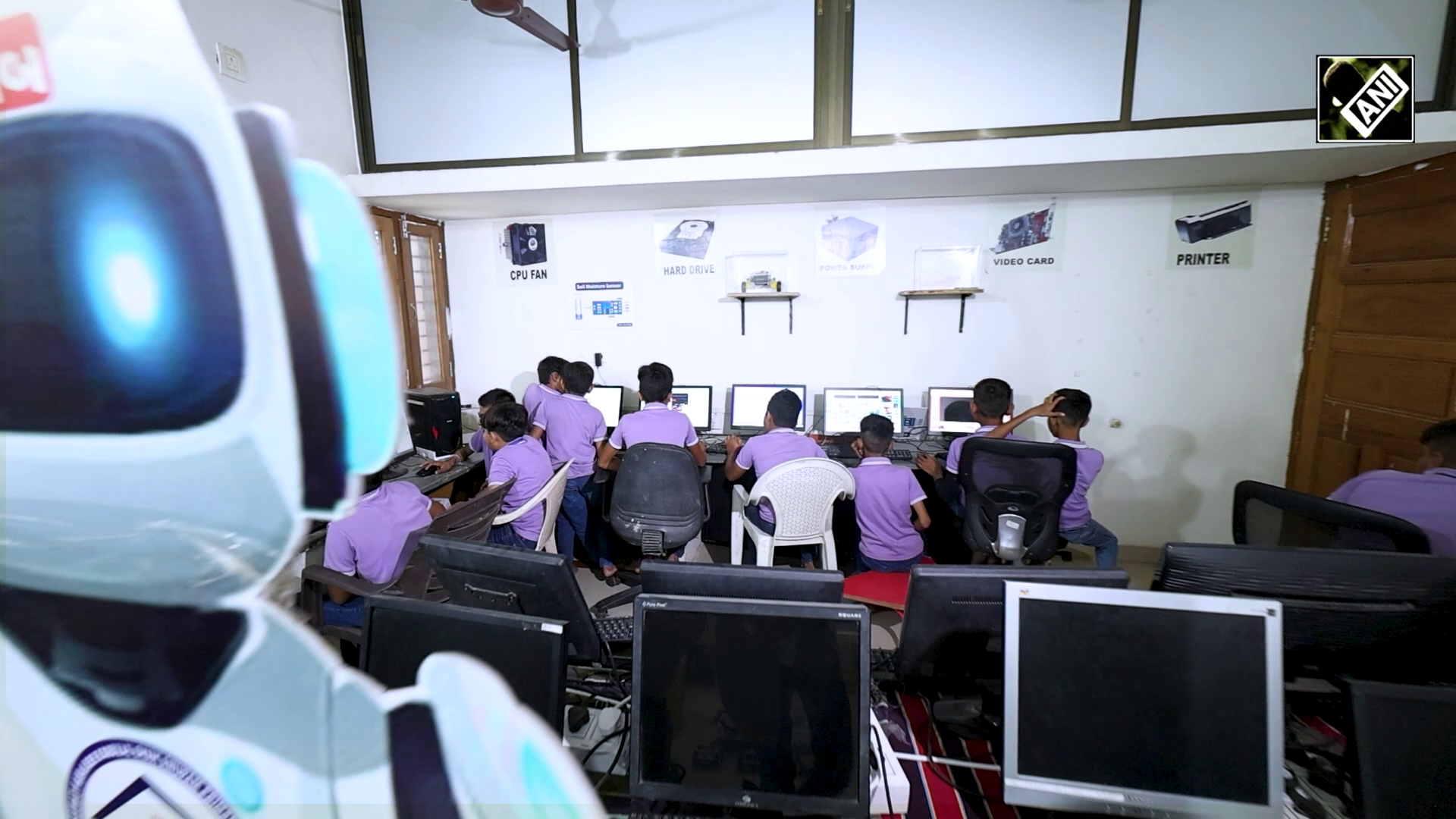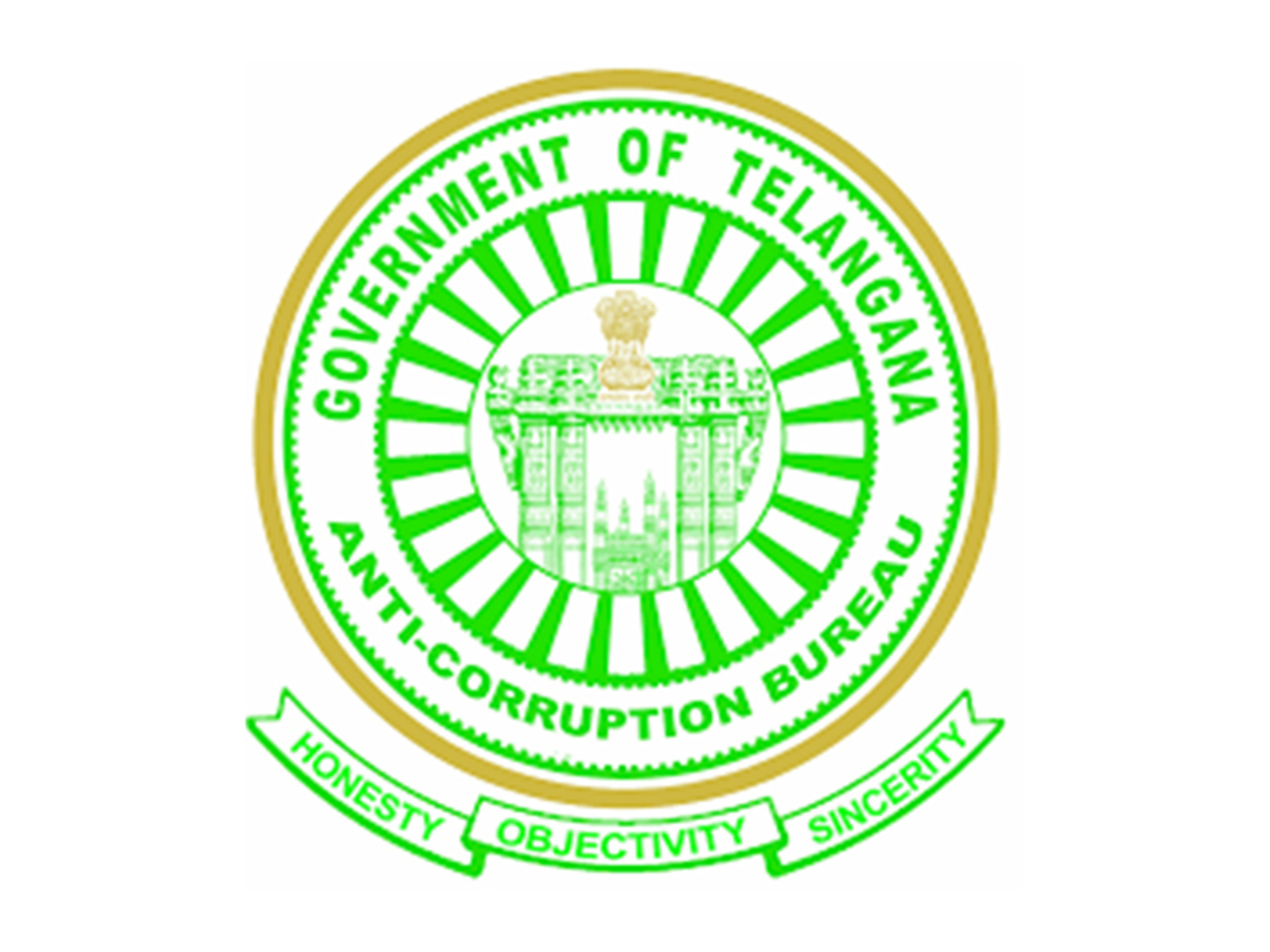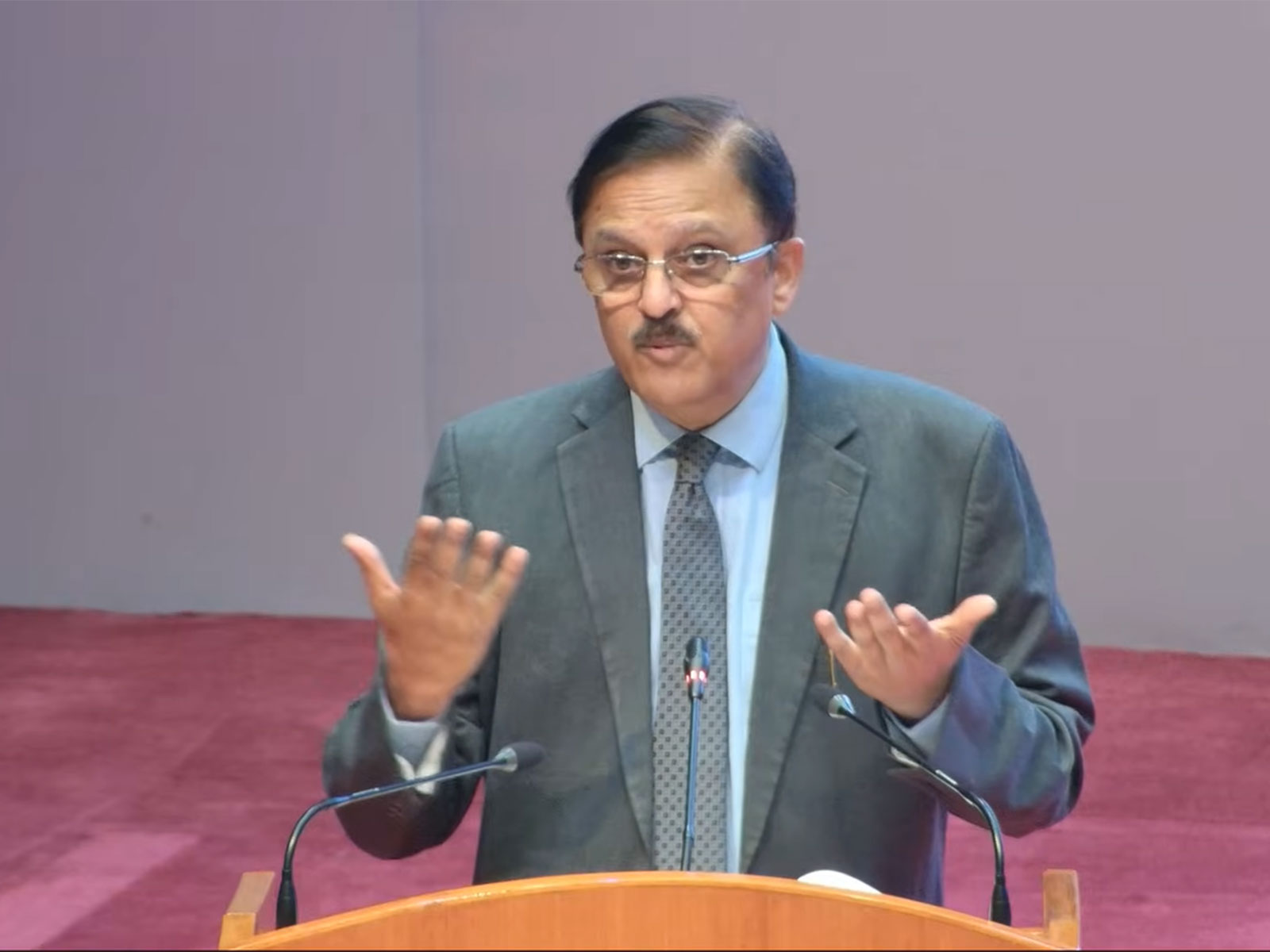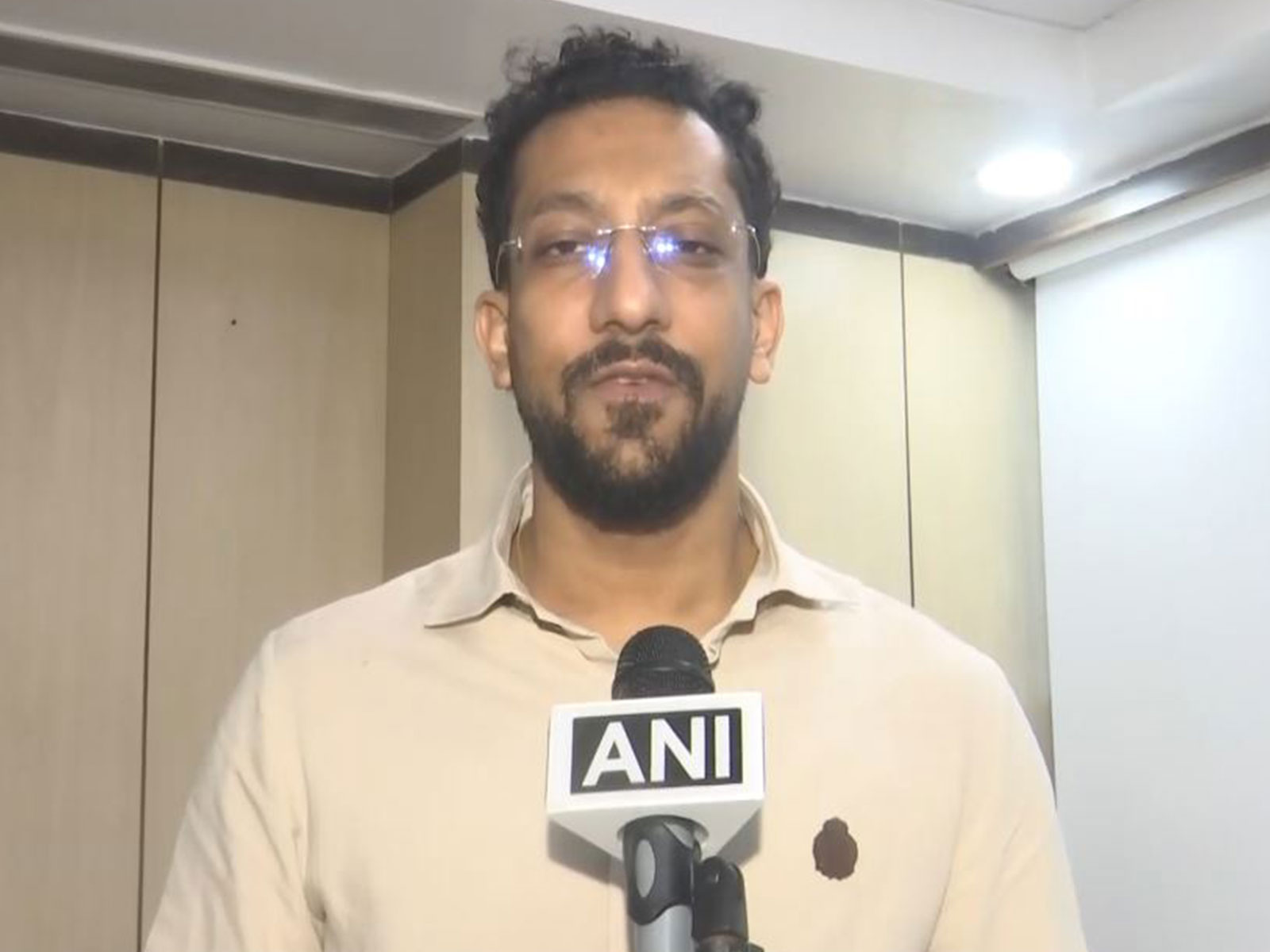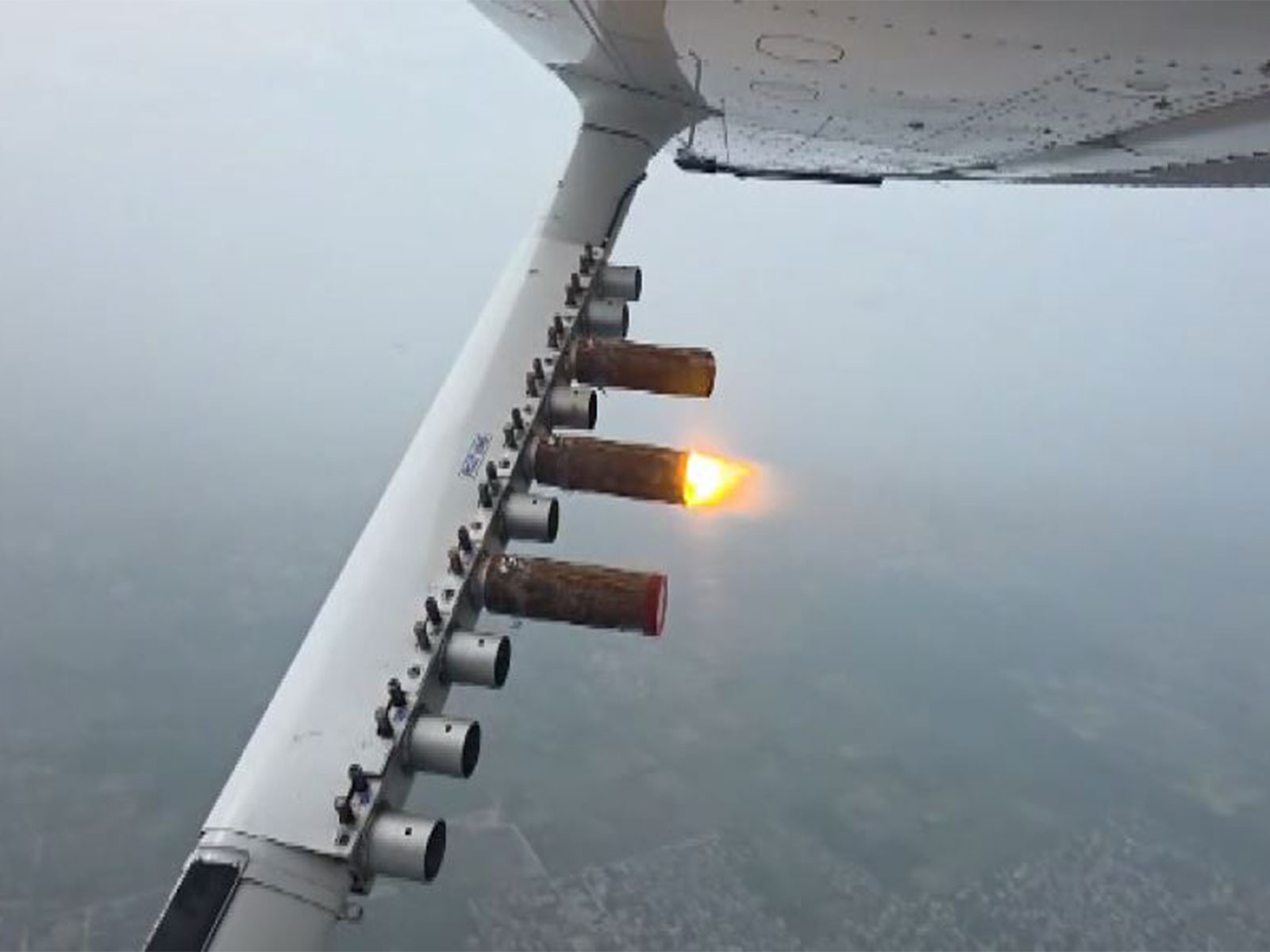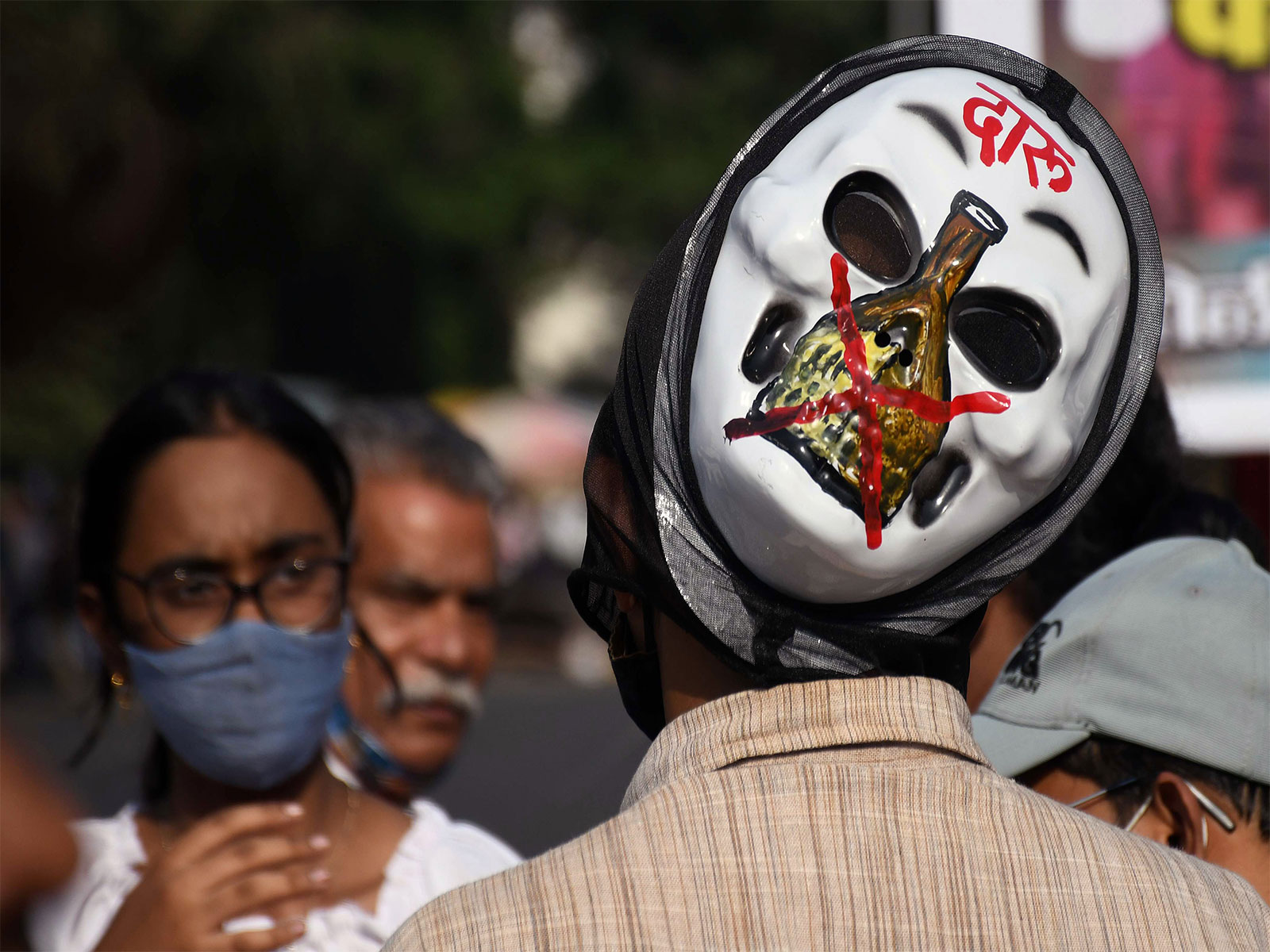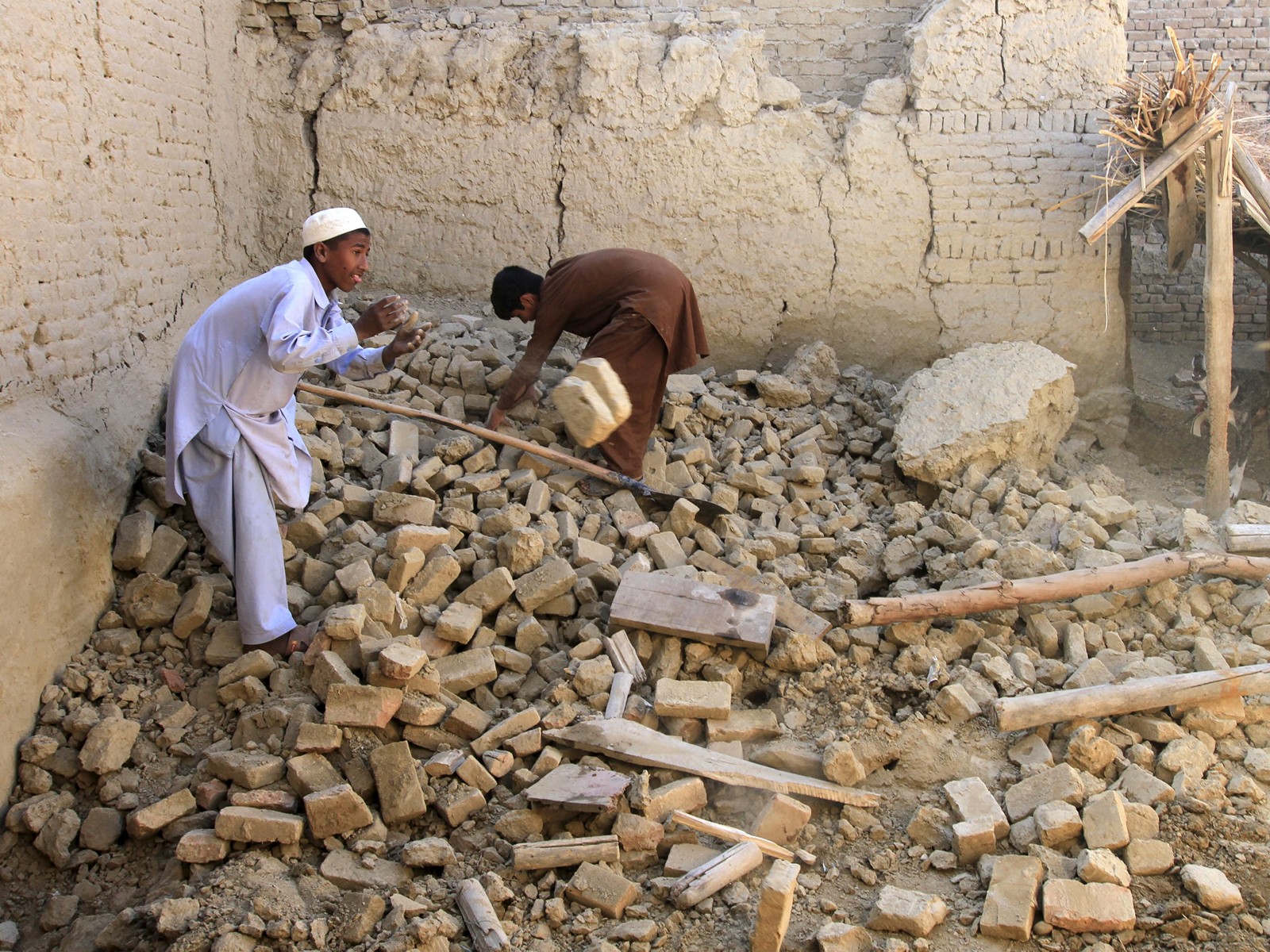
Earthquake of magnitude 4.3 strikes Afghanistan
Oct 29, 2025
Kabul [Afghanistan], October 29 : An earthquake of magnitude 4.3 struck Afghanistan on Wednesday, a statement by the National Center for Seismology (NCS) said.
The earthquake occurred at a shallow depth of 10km, making it susceptible to aftershocks.
In a post on X, the NCS said, "EQ of M: 4.3, On: 29/10/2025 14:43:24 IST, Lat: 37.33 N, Long: 69.93 E, Depth: 10 Km, Location: Afghanistan."
https://x.com/NCS_Earthquake/status/1983465317906198856
Shallow earthquakes are generally more dangerous than deep earthquakes. This is because the seismic waves from shallow earthquakes have a shorter distance to travel to the surface, resulting in stronger ground shaking and potentially more damage to structures, as well as greater casualties.
Earlier on October 24, another earthquake of magnitude 3.7 struck Afghanistan in the early hours at a depth of 80km.
The NCS wrote on X, "EQ of M: 3.7, On: 24/10/2025 06:09:41 IST, Lat: 36.38 N, Long: 71.14 E, Depth: 80 Km, Location: Afghanistan."
https://x.com/NCS_Earthquake/status/1981525681684304288
On September 18, India's Permanent Representative to the United Nations, Ambassador Harish Parvathaneni, reaffirmed India's commitment to promote peace, stability and development in Afghanistan.
Addressing the UN Security Council quarterly briefing on Afghanistan, Ambassador Parvathaneni emphasised India's priorities to provide humanitarian assistance and implement capacity-building initiatives for the Afghan people.
"India's immediate priorities in Afghanistan include provision of humanitarian assistance and implementation of capacity-building initiatives for the Afghan people," he added.
He also reaffirmed India's commitment to the UN Assistance Mission in Afghanistan (UNAMA). Ambassador Parvathaneni expressed gratitude to Special Representative of the Secretary-General (SRSG) and Head of the United Nations Assistance Mission in Afghanistan (UNAMA), Roza Otunbayeva, for her briefing.
Afghanistan, Pakistan, and northern India lie in one of the most seismically active zones in the world, where the Indian and Eurasian tectonic plates meet. The region frequently experiences moderate to strong earthquakes, often felt across borders due to the proximity of fault lines.

